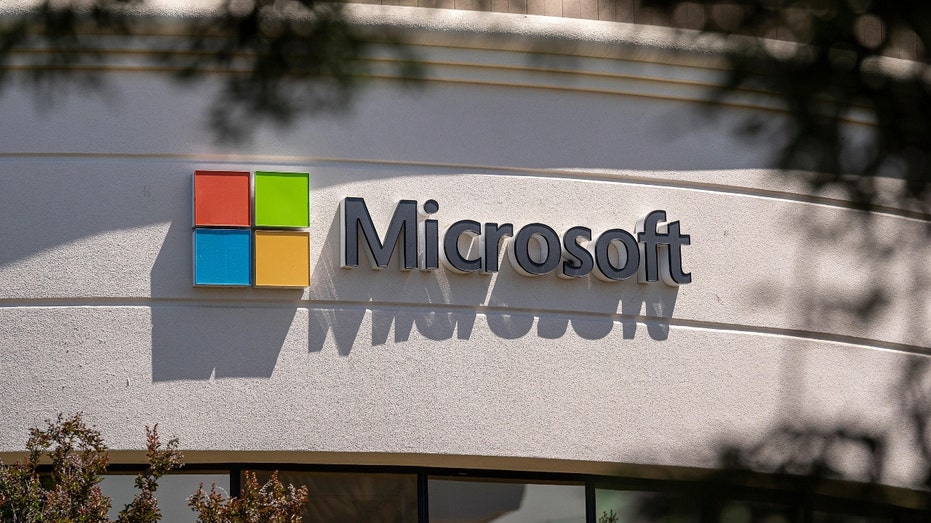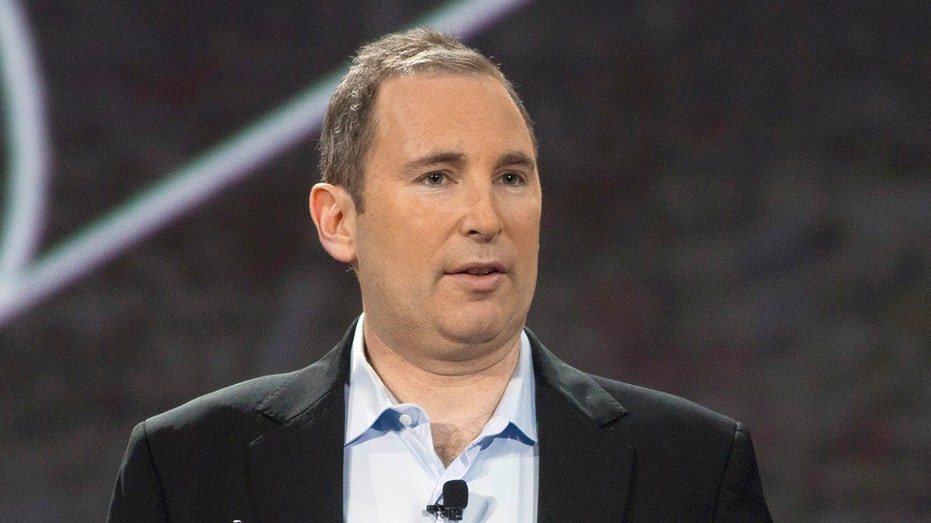Tech giants’ cloud pains aren’t shared equally
Amazon, Microsoft and Google are all getting pinched by the IT spending slowdown, but AWS’s slump hurts Amazon the most
Daniel Flax: Cloud market remains very competitive
Neuberger Berman senior research analyst and managing director Daniel Flax provides insight on tech stocks on 'Making Money.'
The tech slowdown is finally hitting the cloud. The largest player might be paying the biggest price.
Amazon.com, Microsoft Corp. and Google all reported disappointing news for their respective cloud services businesses in their December quarter reports. For Amazon and Google-parent Alphabet Inc., revenue growth for those segments came in below Wall Street’s forecasts. Growth for Microsoft’s Azure service was in line with targets, but still showed a notable deceleration of 15 percentage points from the same period the previous year. Amazon and Microsoft—the largest players in the category—also flagged deceleration during their respective conference calls while warning of further slowdowns in the current quarter.
That shouldn’t come as a major surprise. Demand for cloud-computing services was growing rapidly even before the pandemic as corporations moved away from legacy on-premise software. Covid-19 juiced that growth even more as companies suddenly found they needed to operate remotely. But the inevitable cooling of that demand has also run headlong into a global economic slowdown, forcing businesses to scale back their spending. Some industries are getting hit harder than others; in Amazon’s earnings call Thursday, Chief Financial Officer Brian Olsavsky called out reduced mortgage volume and cryptocurrency trading as factors affecting usage of the company’s AWS cloud service in the recent quarter.

Attendees at Amazon.com Inc annual cloud computing conference walk past the Amazon Web Services logo in Las Vegas, Nevada, U.S., November 30, 2017. REUTERS/Salvador Rodriguez/File Photo (REUTERS/Salvador Rodriguez/File Photo / Reuters Photos)
Amazon has been on top of the public cloud business since before most people even knew what it was. The company first announced the launch of "Web Services" in 2002—straight from the carnage of the dot-com meltdown. It began reporting financial results for the segment, renamed AWS in 2015, when the business was generating more than $5 billion in revenue annually. That has since grown to a little over $80 billion, making AWS larger than any stand-alone corporate software company except Microsoft.
ORACLE SPENDS LIKE THERE IS A BIG TOMORROW
But that great size, plus Amazon’s dependency on AWS for the bulk of its operating profit, make the e-commerce giant more exposed to the ill effects of the slowdown. Mr. Olsavsky noted that AWS’s revenue growth slowed to the midteens in January after hitting a record low 20% year-over-year in the fourth quarter. That is below the mid-20% growth range Microsoft projected for its smaller Azure cloud service in the March quarter. And while AWS is still larger than Microsoft’s Azure and much larger than Google’s Cloud Platform, the latter two have the far more profitable legacy businesses to fall back on. AWS generated $22.8 billion in operating profits for Amazon in 2022—a year in which the company’s larger retail business lost nearly $12 billion.

Signage outside the Microsoft campus in Mountain View, California, U.S., on Thursday, July 22, 2021. (Photographer: David Paul Morris/Bloomberg via Getty Images / Getty Images)
Analysts expect the slowdown in cloud spending to affect all three tech giants at least through the first half of this year. That problem could be exacerbated by a shift in how cloud customers structure their deals. In a report last week, analyst Timothy Horan of Oppenheimer said more businesses are shifting to term-based billing for cloud compute workloads, which he estimates can lead to savings in the range of 35%–70% over paying for usage on demand. "This is a major near-term headwind" for cloud-service providers, he wrote.
AMAZON'S QUARTERLY SALES BEAT WALL STREET ESTIMATES
For Amazon, the cloud slowdown comes at a particularly inopportune time, as the company is also still working to absorb an overbuild of its retail fulfillment network. It might also be facing new regulatory heat: The Wall Street Journal reported last week that the Federal Trade Commission is preparing a potential antitrust lawsuit against the company. That creates additional pressure on Chief Executive Officer Andy Jassy, who took the reins at Amazon in 2021 after making a name for himself through his highly successful shepherding of AWS.

Amazon Senior Vice President Andy Jassy speaks during a keynote speech at the Re:Invent conference in Las Vegas, Nevada November 28, 2012. REUTERS/Richard Brian (UNITED STATES - Tags: BUSINESS SCIENCE TECHNOLOGY) (REUTERS/Richard Brian / Reuters Photos)
Mr. Jassy even broke from a long Amazon tradition and joined the company’s earnings call last week, where he maintained that "we have a lot of growth in front of us" in the cloud, given that the majority of global corporate tech spending remains tied to on-premises software and services. But Amazon’s stock price has slumped since last week’s results and news of the possible FTC suit, and it is now off more than 35% over the last 12 months—the worst performance among big tech peers Apple, Microsoft, Alphabet and now even Facebook-parent Meta Platforms Inc. Mr. Jassy needs to make it rain soon.
| Ticker | Security | Last | Change | Change % |
|---|---|---|---|---|
| AMZN | AMAZON.COM INC. | 227.35 | +0.59 | +0.26% |
| AAPL | APPLE INC. | 273.67 | +1.48 | +0.54% |
| MSFT | MICROSOFT CORP. | 485.92 | +1.94 | +0.40% |
| GOOG | ALPHABET INC. | 308.61 | +4.86 | +1.60% |
| META | META PLATFORMS INC. | 658.77 | -5.68 | -0.85% |




















